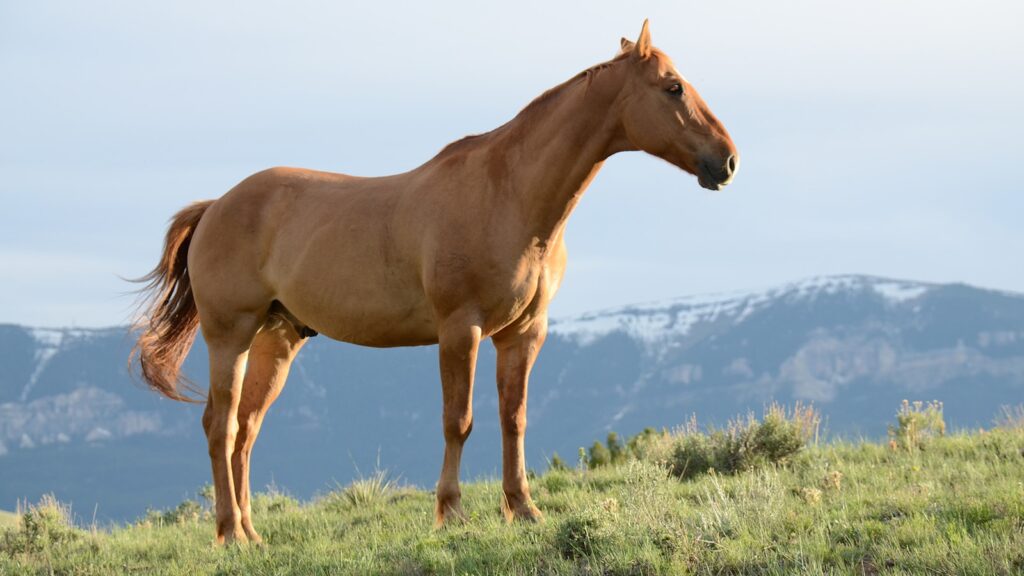Horses, like humans, can suffer from sensitive skin conditions that require special attention and care. These magnificent animals rely on their skin as the largest organ of their body, providing protection against environmental elements while regulating temperature and sensory information. When a horse develops skin sensitivities, it can impact their comfort, performance, and overall wellbeing significantly. Caring for a horse with sensitive skin involves understanding the causes of irritation, recognizing symptoms early, and implementing appropriate management strategies. This comprehensive guide will walk you through everything you need to know about identifying, treating, and preventing skin issues in sensitive-skinned equines, helping your horse stay comfortable and healthy throughout the seasons.
Understanding Equine Sensitive Skin

Sensitive skin in horses manifests as heightened reactivity to environmental factors, grooming products, or even tack that wouldn’t bother other horses. This condition can be genetically predisposed in some breeds, particularly those with thin skin or light coloration such as Thoroughbreds, Arabians, and many gray or white horses. The skin of a sensitive horse may react with inflammation, hives, rashes, or excessive itchiness when exposed to certain triggers. Understanding that equine sensitive skin isn’t simply a cosmetic issue but a genuine health concern requiring specialized attention is the first step in proper care. Horses with sensitive skin often experience discomfort that can lead to behavioral changes, reduced performance, and in severe cases, secondary infections from excessive scratching or rubbing.
Recognizing Signs of Skin Sensitivity

Early detection of skin sensitivity can prevent minor irritations from developing into more serious conditions. Common signs include visible redness, bumps, hives, flaky patches, or unusual hair loss in certain areas. Behavioral indicators are equally important – watch for increased rubbing against stable walls or fences, head shaking, irritability during grooming, or reluctance to be saddled. Some horses may develop swelling in affected areas or show discomfort through pawing, stamping, or general restlessness. If your horse suddenly becomes sensitive to grooming in specific areas or develops patches of raised hair, these could be early warning signs of skin sensitivity that warrant closer inspection and potentially veterinary consultation.
Common Triggers for Sensitive Skin
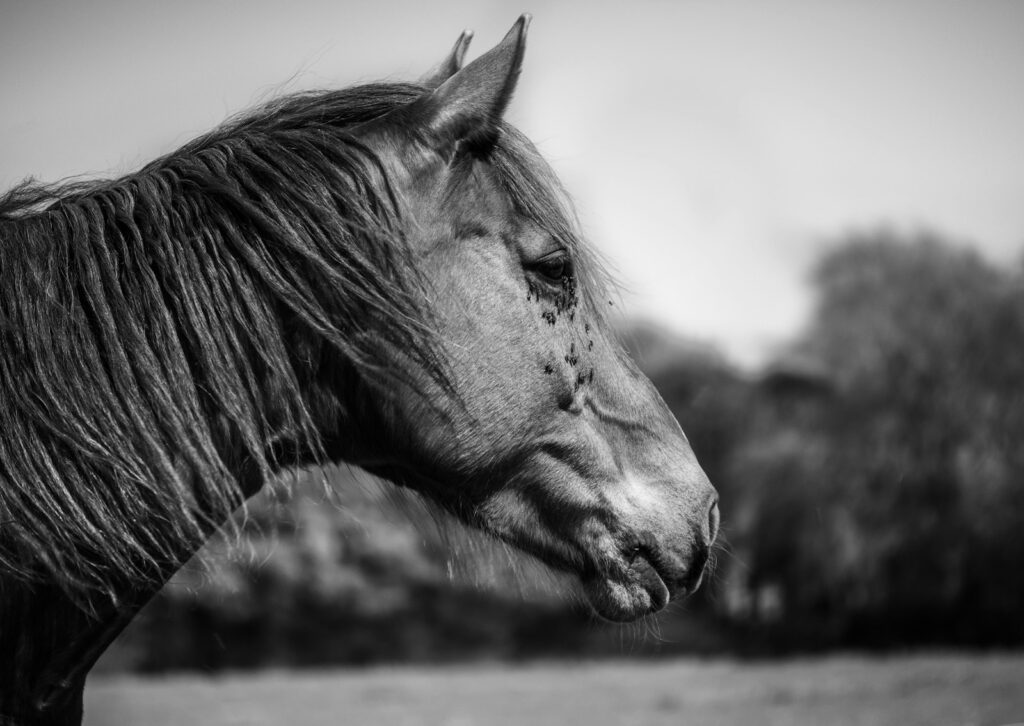
Identifying what triggers your horse’s skin reactions is crucial for effective management and prevention. Environmental allergens such as pollen, mold spores, and dust are common culprits that vary seasonally and geographically. Insect bites, particularly from midges, mosquitoes, and stable flies, can cause severe reactions in sensitive horses, with sweet itch (summer eczema) being a prime example of insect-related hypersensitivity. Chemical irritants in grooming products, detergents used for washing blankets, or even certain bedding materials can provoke reactions in susceptible equines. Additionally, tack-related friction, synthetic materials in blankets, or even sweat accumulation under equipment can trigger inflammation in horses with sensitive skin, necessitating careful selection of equipment and tack.
Creating a Skin-Friendly Environment

Modifying your horse’s environment plays a significant role in managing skin sensitivities. Start by evaluating the stabling conditions, ensuring good ventilation to reduce humidity and minimize dust accumulation that can irritate sensitive skin. Choose appropriate bedding materials, often finding that paper-based products or certain types of wood shavings cause fewer reactions than straw for sensitive horses. Maintain clean stabling by implementing regular, thorough mucking out schedules and periodically disinfecting stall surfaces to reduce microorganism buildup that could trigger reactions. Consider installing physical barriers like fine-mesh screens on stable openings during insect season if your horse is particularly reactive to bug bites, while providing access to shelters in turnout areas where horses can escape both intense sun and biting insects.
Developing a Gentle Grooming Routine
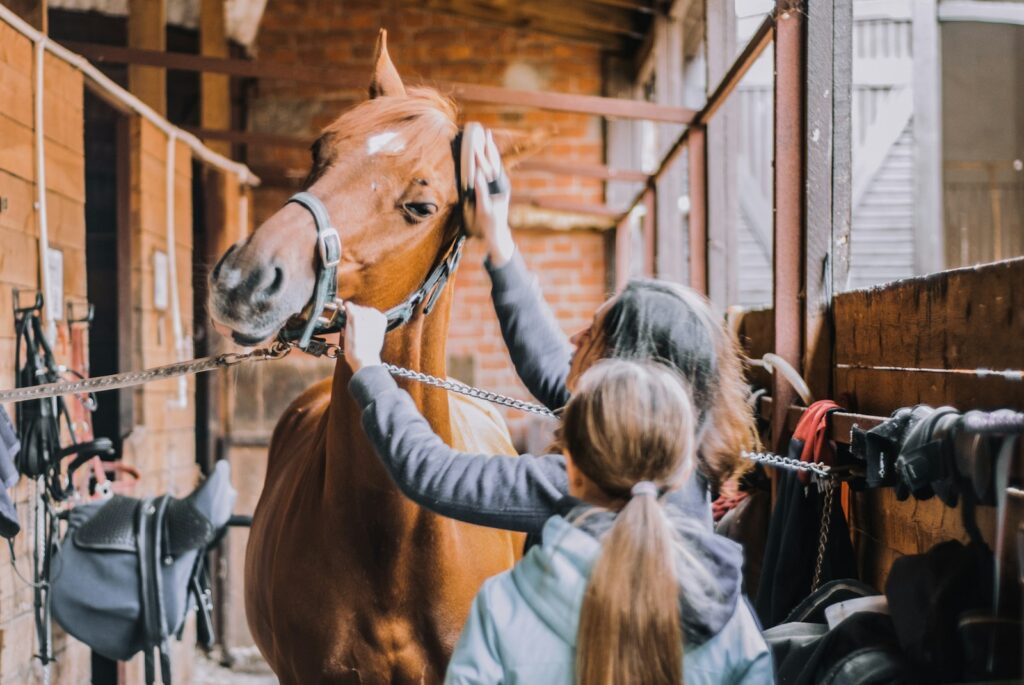
Grooming routines for sensitive-skinned horses require special consideration and gentler approaches. Select soft, natural-bristle brushes rather than harsh synthetic ones, and always groom in the direction of hair growth to minimize irritation. Establish a regular grooming schedule that’s frequent enough to remove dirt and debris but gentle enough not to overstimulate the skin, typically focusing on thorough but less aggressive daily sessions. When bathing is necessary, use lukewarm water rather than hot or cold extremes, and ensure complete rinsing of any products to prevent residue that might cause irritation. After bathing or heavy sweating, carefully dry your horse, paying special attention to areas prone to moisture accumulation like under the mane, behind the ears, and between the legs, as damp skin is more vulnerable to irritation and fungal issues.
Selecting Appropriate Grooming Products
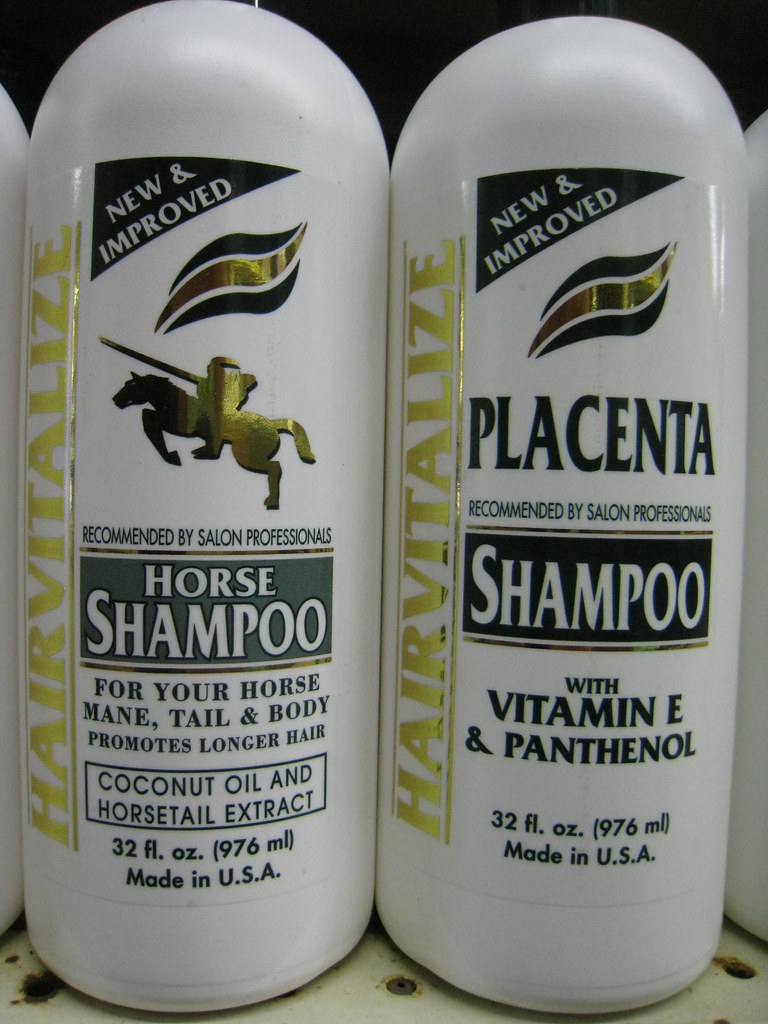
The marketplace is filled with grooming products, but horses with sensitive skin need particularly careful selection. Look for hypoallergenic, fragrance-free shampoos specifically formulated for sensitive equine skin, avoiding products with harsh detergents, artificial colors, or heavy perfumes that can trigger reactions. Natural ingredients like aloe vera, colloidal oatmeal, and tea tree oil (in appropriate dilutions) often provide soothing benefits without causing additional irritation. Consider using specialized veterinary-recommended products for specific conditions like fungal infections or severe dryness when needed. Always perform patch tests with new products on a small area of your horse’s skin, waiting 24-48 hours to check for adverse reactions before applying more widely, and maintain detailed records of which products cause reactions so you can identify problematic ingredients over time.
Implementing Effective Insect Control

For many horses with sensitive skin, insect bites represent one of the most significant triggers for severe reactions. Implement a multi-faceted approach to insect control, starting with appropriate fly sheets, masks, and leg wraps made from breathable, lightweight materials that provide physical barriers against biting insects. Apply horse-specific insect repellents formulated for sensitive skin, considering natural options containing citronella, eucalyptus, or neem oil if chemical repellents cause reactions. Manage the stable environment by eliminating standing water, promptly removing manure, and using fly predators or traps to reduce insect populations without chemical treatments. Consider adjusting turnout schedules to avoid peak insect activity times, typically early morning and evening during summer months, while providing access to breezy areas where insects are less prevalent.
Nutritional Support for Healthy Skin
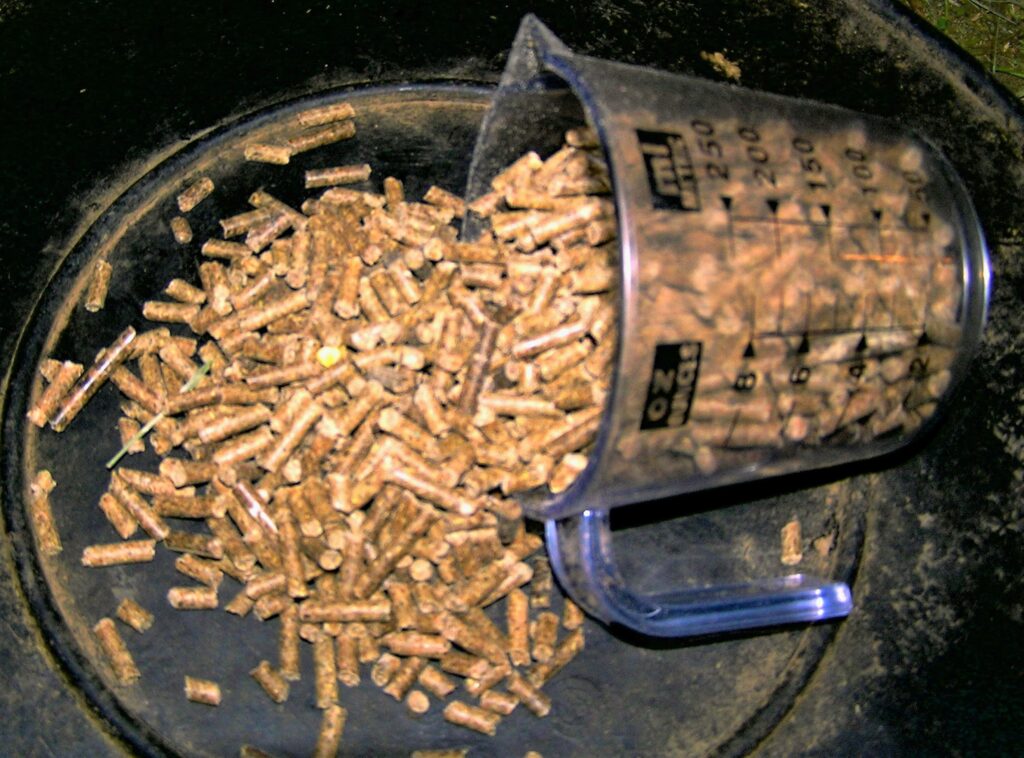
Proper nutrition significantly impacts skin health and can help manage sensitivity from the inside out. Ensure your horse receives balanced nutrition with adequate protein of high biological value to support skin cell regeneration and repair processes. Essential fatty acids, particularly omega-3s found in flaxseed, chia seeds, or specialized equine supplements, help maintain the skin’s lipid barrier and reduce inflammatory responses. Supplement with biotin, zinc, copper, and vitamin E if needed, as these micronutrients play crucial roles in skin integrity, wound healing, and antioxidant protection. Consult with an equine nutritionist to develop a customized feeding plan addressing your horse’s specific skin sensitivities, particularly if food allergies might be contributing to skin issues, and implement any dietary changes gradually to monitor for improvements or adverse reactions.
Choosing Appropriate Tack and Equipment

Ill-fitting or inappropriate tack can cause significant skin irritation even in horses without sensitivities, making proper selection doubly important for sensitive-skinned equines. Ensure all saddles, bridles, girths, and boots are correctly fitted with regular professional assessments as your horse’s shape changes with conditioning or seasons. Select natural materials like leather or cotton that allow skin to breathe and cause less friction than some synthetic alternatives, while considering specialized padding options like sheepskin or gel inserts for areas prone to pressure. Clean tack thoroughly after each use, using mild soaps free of harsh detergents that could transfer to your horse’s skin and cause irritation. Consider the benefits of going equipment-free when possible, allowing sensitive skin time to recover, particularly after intense exercise sessions that involve sweating under tack.
Seasonal Considerations and Adaptations

Horses with sensitive skin often experience fluctuating symptoms corresponding to seasonal changes that require adaptive care strategies. Winter conditions typically bring drier air that can cause skin to become dehydrated and flaky, necessitating increased attention to moisturizing and protection from harsh elements with appropriate blankets. Spring and summer often intensify allergic responses as pollen counts rise and insect populations surge, requiring enhanced environmental controls and possibly adjusted turnout schedules. Fall season brings its own challenges with mold spores from decomposing leaves and changing humidity levels that can affect skin comfort. Develop a seasonal calendar that anticipates these changes, adjusting grooming routines, protective equipment, and potentially medication protocols to address predictable fluctuations in your horse’s skin sensitivity throughout the year.
Working with Veterinary Professionals

Professional veterinary guidance is invaluable when managing horses with persistent or severe skin sensitivities. Establish a relationship with a veterinarian experienced in equine dermatology who can perform proper diagnostic procedures like skin scrapings, biopsies, or allergy testing to identify specific triggers. Discuss the appropriate use of medical interventions such as antihistamines, corticosteroids, or immunotherapy when environmental and management approaches prove insufficient. Maintain detailed records of symptoms, treatments, and responses to share with your veterinary team, including photographs of lesions or reactions to track progress over time. Schedule regular veterinary reassessments of your management plan, particularly if symptoms worsen or new issues develop, as skin conditions can evolve and may signal underlying health concerns requiring professional intervention.
Holistic and Complementary Approaches
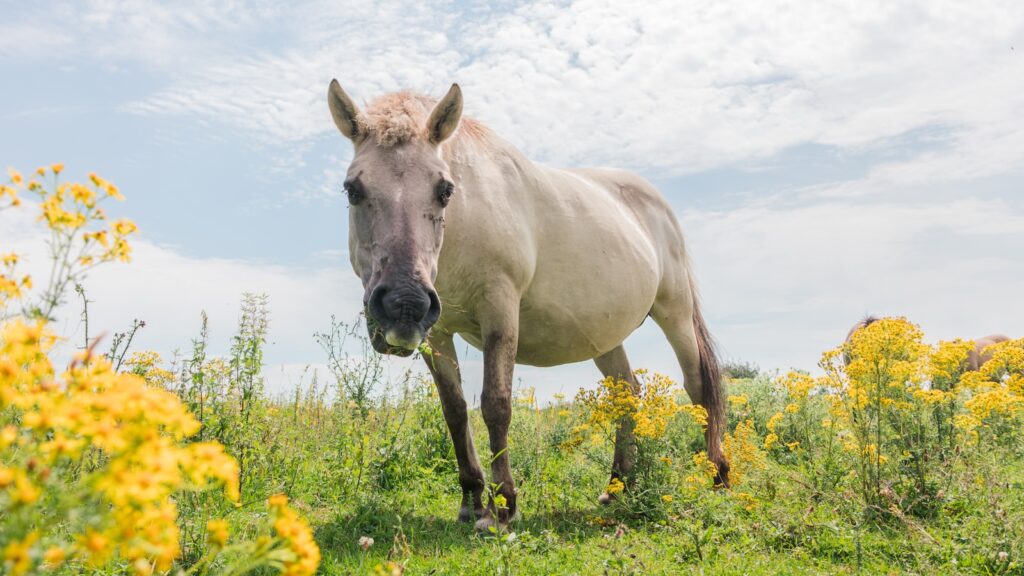
Many horse owners find value in complementing conventional treatments with holistic approaches for sensitive skin management. Herbal poultices made from calendula, chamomile, or comfrey may provide soothing relief for localized irritations when properly prepared and applied. Some report benefits from appropriate applications of aloe vera gel, colloidal silver, or diluted apple cider vinegar for specific conditions, though these should be discussed with your veterinarian before implementation. Cold therapy through gentle cold hosing or specially designed cooling wraps can help reduce inflammation in acute flare-ups of skin sensitivity. Consider consulting with professionals trained in equine acupuncture, massage, or chiropractic care, as these modalities may help address underlying imbalances contributing to skin reactivity in some horses.
Monitoring and Maintaining Progress
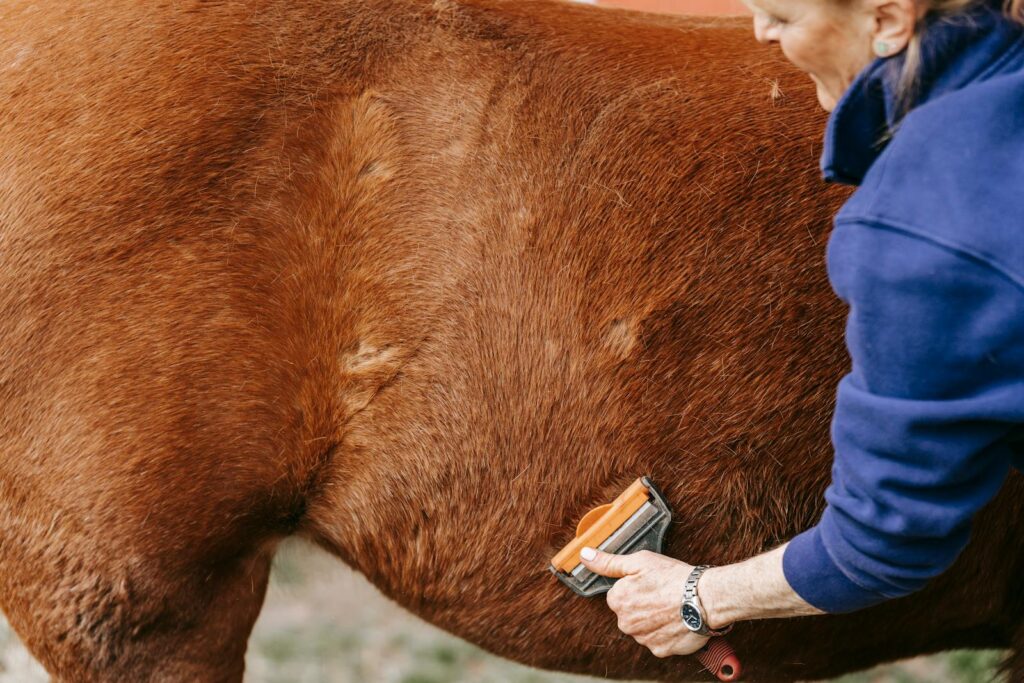
Successful management of equine sensitive skin requires vigilant monitoring and consistent application of effective strategies. Develop a system for tracking skin condition using written records, photographs, or digital apps designed for equine health management to objectively assess improvements or deteriorations over time. Perform regular body condition assessments, paying special attention to areas prone to irritation like the girth area, beneath the tail, and along the face where equipment contacts the skin. Be prepared to adjust your management plan as needed based on your observations, environmental changes, or guidance from veterinary professionals. Celebrate improvements while maintaining vigilance, understanding that managing sensitive skin is typically an ongoing process rather than a one-time treatment, requiring continual attention and adjustment to keep your horse comfortable.
Caring for a horse with sensitive skin requires dedication, observation, and a willingness to adapt management practices to meet your individual horse’s needs. By understanding the underlying causes of skin sensitivity, recognizing early warning signs, and implementing appropriate environmental, grooming, and nutritional strategies, you can significantly improve your horse’s comfort and quality of life. Remember that each sensitive-skinned horse is unique, and finding the right combination of approaches may take time and patience. With consistent care and attentive management, most horses with skin sensitivities can lead comfortable, active lives while maintaining healthy skin and a gleaming coat that reflects their overall wellbeing.

